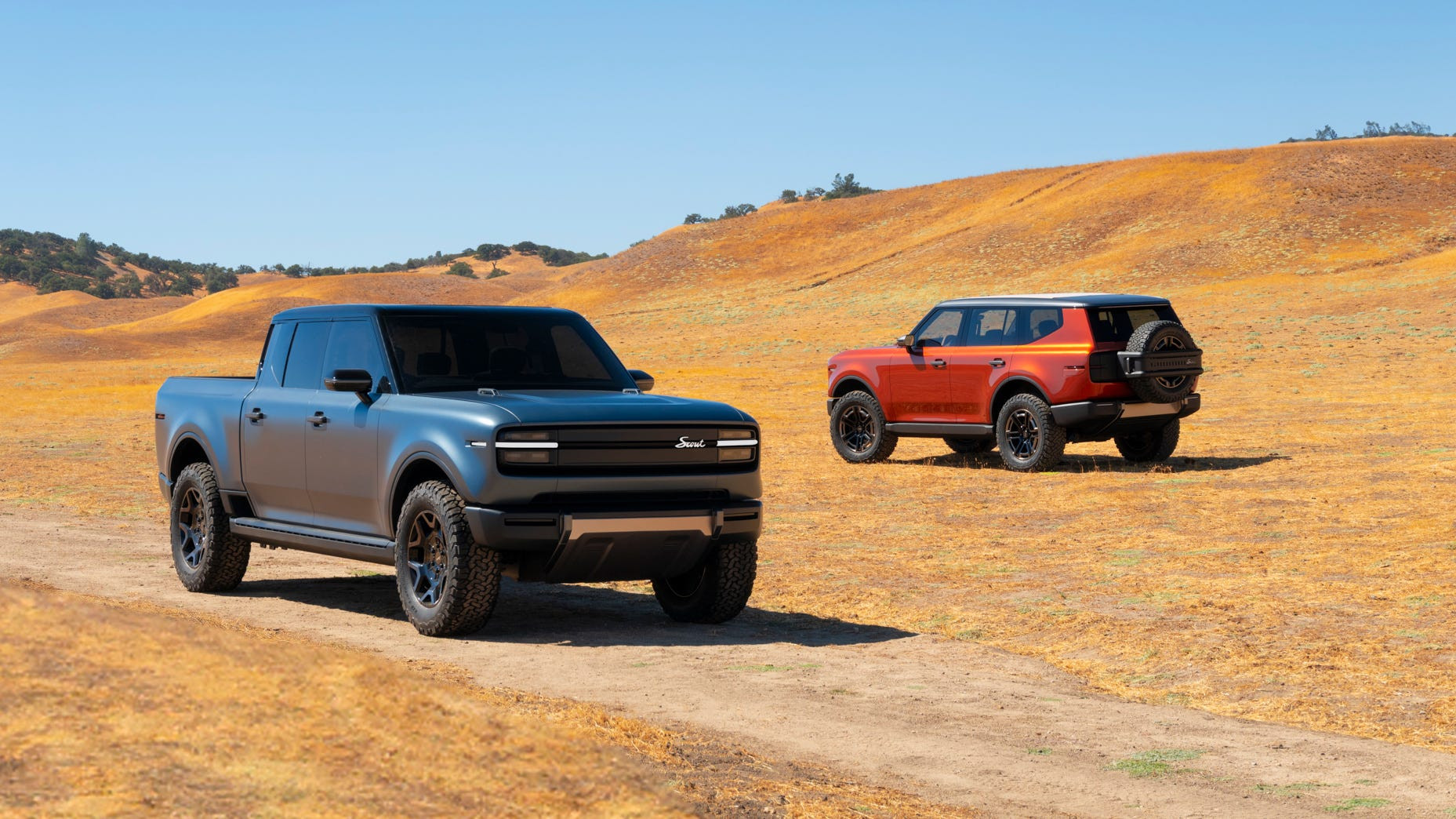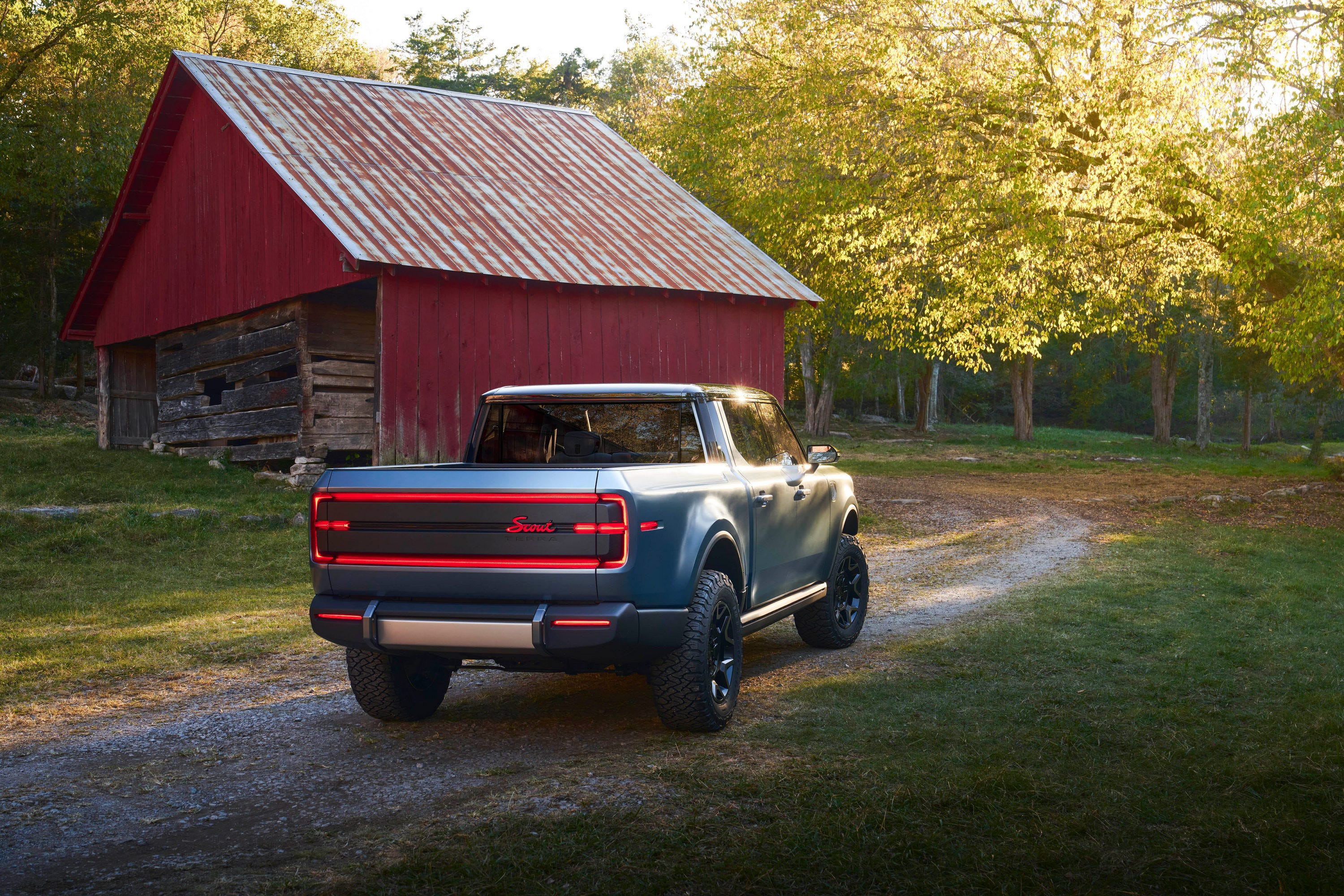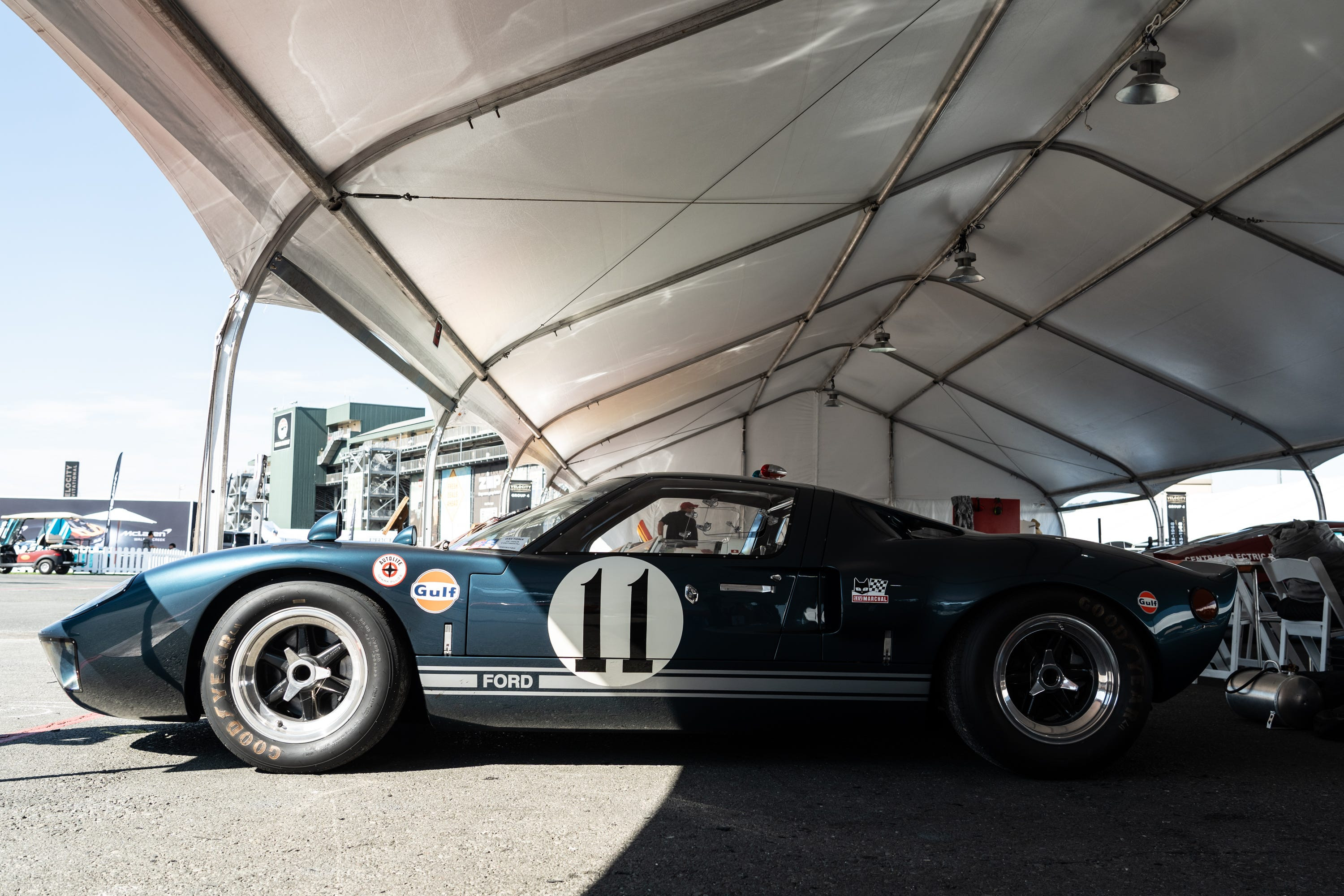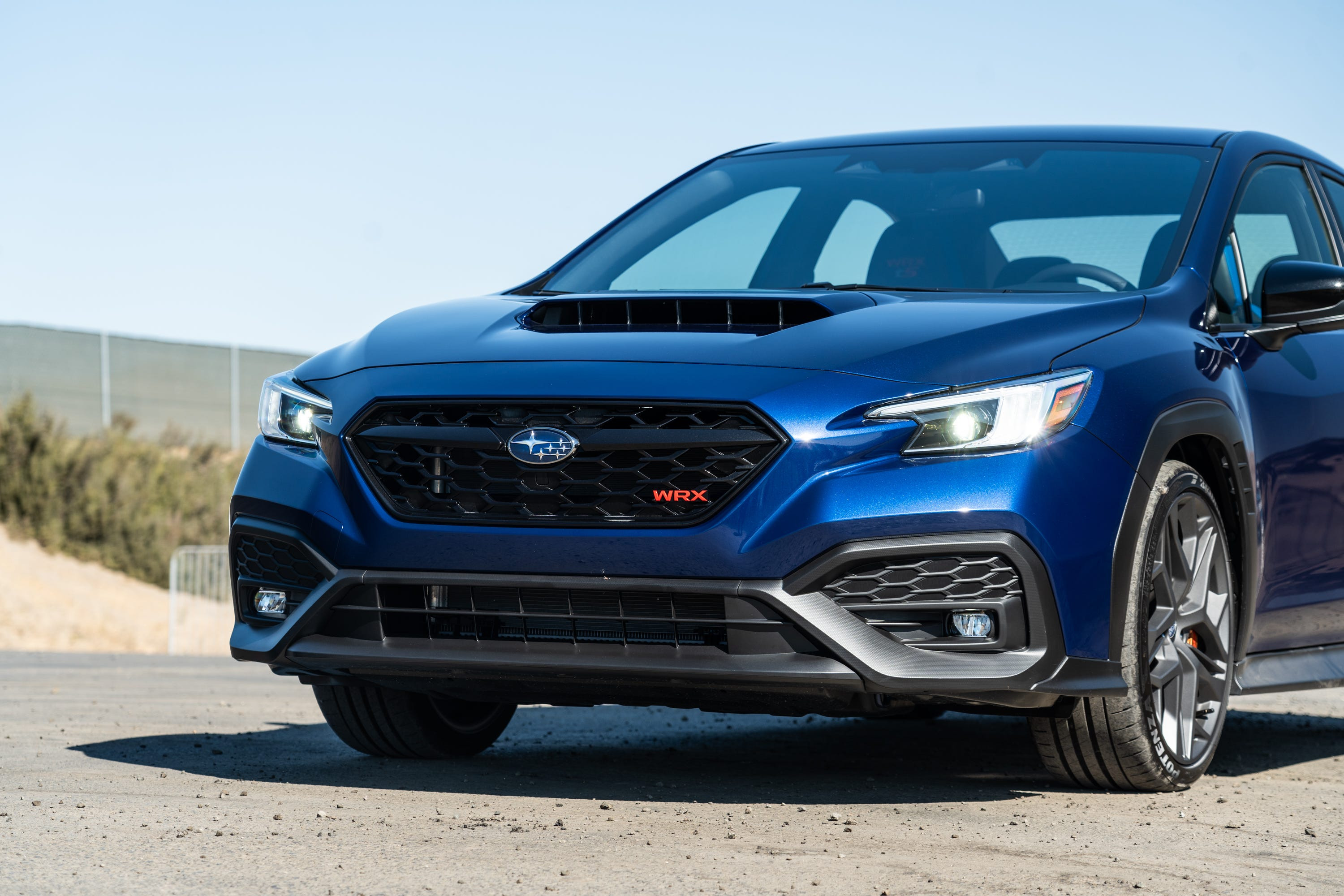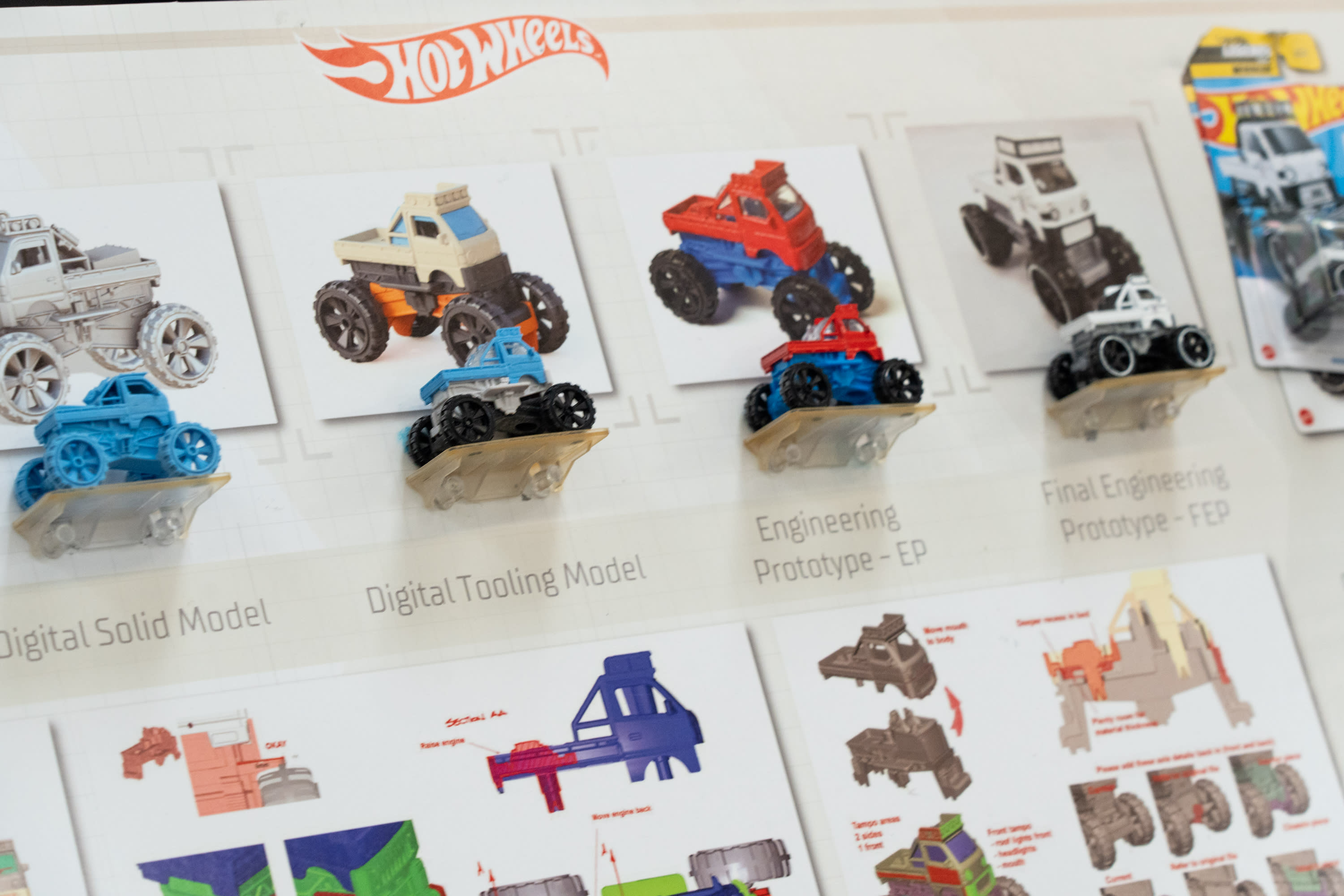The best place to write from is home, and that’s where I am today, blissfully enjoying a few weeks of domesticity after a week in Maui. In Maui, I was diving deep into the future of in-car semiconductors, a topic I’ll share insights on soon. However, being in the Pacific meant I missed the much-anticipated unveiling of the Scout vehicles, particularly the Scout Traveler, a vehicle that has been on my radar since interviewing Scout CEO Scott Keogh and lead designer Chris Benjamin last year.
Image Credit: Scout – The new Scout Traveler EV and Scout Terra EV models are unveiled, showcasing their design and size.
Frankly, based on prior conversations and personal wishful thinking, I was envisioning something different for the Scout revival. I hoped for compact, basic, affordable off-road electric vehicles – think of a Wrangler or Bronco EV equivalent, starting at an accessible price point but with options to scale up to premium trims. This approach, I believed, would be crucial for a brand aiming to re-establish itself in a competitive market.
Instead, Scout presented the Terra and the Scout Traveler. These are larger, decidedly family-oriented vehicles, with a projected starting price around $60,000. While this is positioned as a value proposition compared to the Rivian R1T, undercutting it by approximately $10,000, the automotive landscape by 2027, when these Scouts are slated to arrive, is highly uncertain. The future of Rivian itself by 2027, despite a recent $5 billion investment from Volkswagen (Scout’s parent company, adding a layer of irony), remains to be seen.
While the design of the Scout Traveler is appealing, particularly the bench seating, and the pricing is competitive within the current EV truck market, I find myself wanting more in terms of EV innovation. Unlike the Rivian’s innovative pass-through storage or the Ford F-150’s power-sharing capabilities, the Scout Traveler doesn’t immediately present a groundbreaking, “smart” feature that truly leverages its electric platform.
In my previous editorial for MotorTrend, I discussed key elements necessary for EVs to thrive in the evolving market. While the Scout Traveler and Terra don’t perfectly align with those criteria, I must concede they might just be strategically positioned for market success.
Launching a new automotive brand is a capital-intensive undertaking. Starting with higher-priced, higher-margin models like the Scout Traveler might be the most pragmatic path to viability for Scout. Perhaps the market isn’t as eager for a niche, small, two-door electric off-roader as I personally imagined.
Image Credit: Scout – A detailed look at the Scout Traveler’s robust front end and off-road ready tires, hinting at its adventurous capabilities.
While I might see Wranglers and Broncos frequently, the sheer volume of larger SUVs and trucks dominating roads daily is undeniable. These vehicles, often carrying single occupants, represent a significant inefficiency in fuel consumption and space utilization, though that’s a discussion for another time. The popularity of these larger vehicles, however, might indicate a stronger market for the family-sized Scout Traveler than a smaller, more niche offering.
The timeline for Scout’s market entry is another factor to consider. Deliveries are projected for 2027, a year later than initially anticipated. While some industry voices express concern about this delay, I believe 2027 might be an opportune moment. The US EV market is maturing, experiencing varied brand performances. By 2027, the market dynamics could be more stable, potentially benefiting Scout’s launch. And yes, 2027 is closer than it seems.
Scout’s chosen sales model is also noteworthy. Instead of leveraging Volkswagen’s existing dealership network, Scout is opting for direct sales. In my view, this is a strategic move for an EV brand. Traditional dealerships have often demonstrated a lack of enthusiasm, or even resistance, towards EVs, potentially due to concerns about reduced maintenance revenue. Scout’s direct-to-consumer approach aligns well with modern EV consumer expectations and reinforces its brand identity.
Therefore, despite my initial disappointment at not seeing a smaller, more affordable off-roader, I am cautiously optimistic about Scout and the Scout Traveler. Perhaps their initial offerings are precisely what the broader market demands. I still hold hope that Scout’s future lineup will include that compact, two-door electric off-roader I, and many enthusiasts, are eagerly waiting for.
Image Credit: Scout – The Scout Traveler EV is presented in an outdoor setting, highlighting its intended use for families and adventure.
Reflecting on Automotive Adventures: Velocity Invitational and Subaru WRX tS
Beyond the Scout unveiling, recent weeks have been filled with automotive experiences. I had the pleasure of attending the Velocity Invitational in Sonoma, a unique American take on the Goodwood Revival. For Hagerty, I covered the iconic American cars that graced the track, and also explored the more exotic European entries.
Image Credit: [Original Source Website] – Vintage race cars at the Velocity Invitational, showcasing classic automotive Americana.
As a Subaru enthusiast, I was also thrilled to test drive the new WRX tS. While it’s not an STI, it offers a compelling driving experience in its own right. My detailed review is available on Motor1.
Image Credit: [Original Source Website] – The Subaru WRX tS in action, highlighting its performance and handling capabilities.
A Behind-the-Scenes Look at Hot Wheels Design
Lastly, I want to share a fascinating experience from earlier this month: a visit to Mattel’s design center in Los Angeles to witness the creation of Hot Wheels. It was a dream come true for any car enthusiast, and I encourage you to read about the Hot Wheels design process on Motor1.
Read about Hot Wheels at Motor1
That concludes this update. Wishing everyone a fantastic week ahead.
Update: A correction was made regarding the Scout Traveler’s name. We regret the initial error.
Thank you for reading Around the Next Bend! Subscribe to stay updated and support my work.

